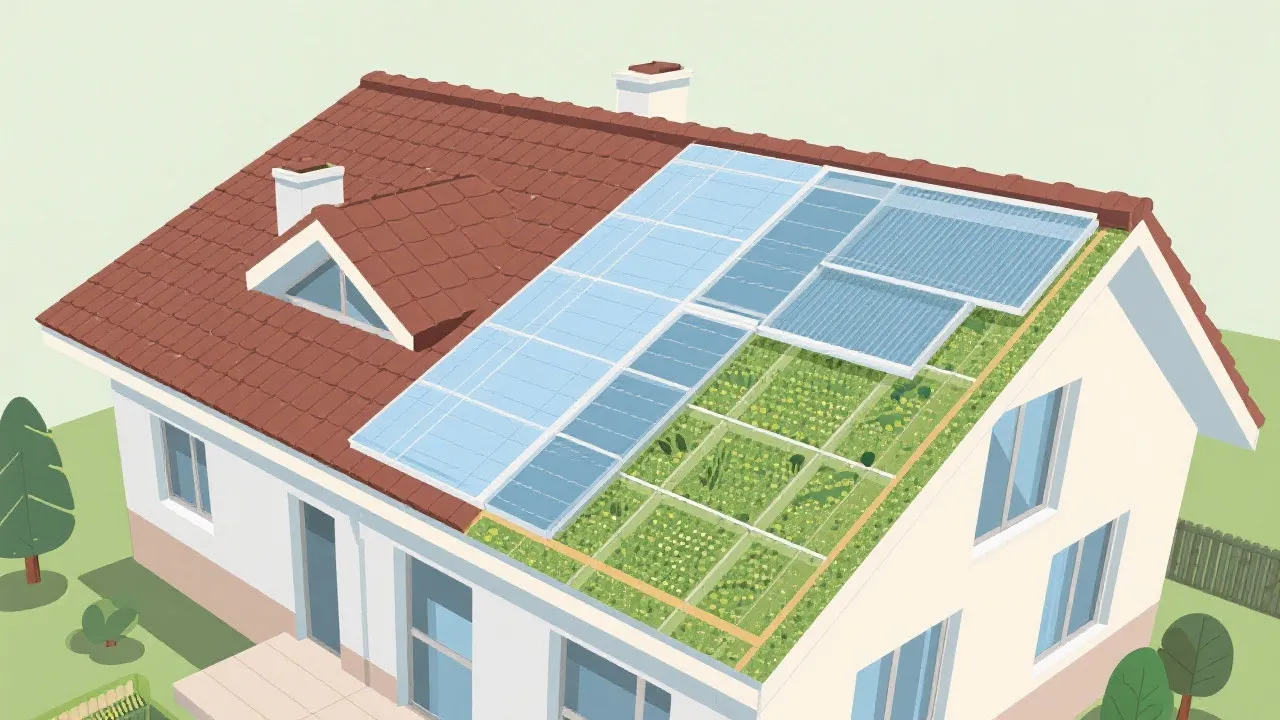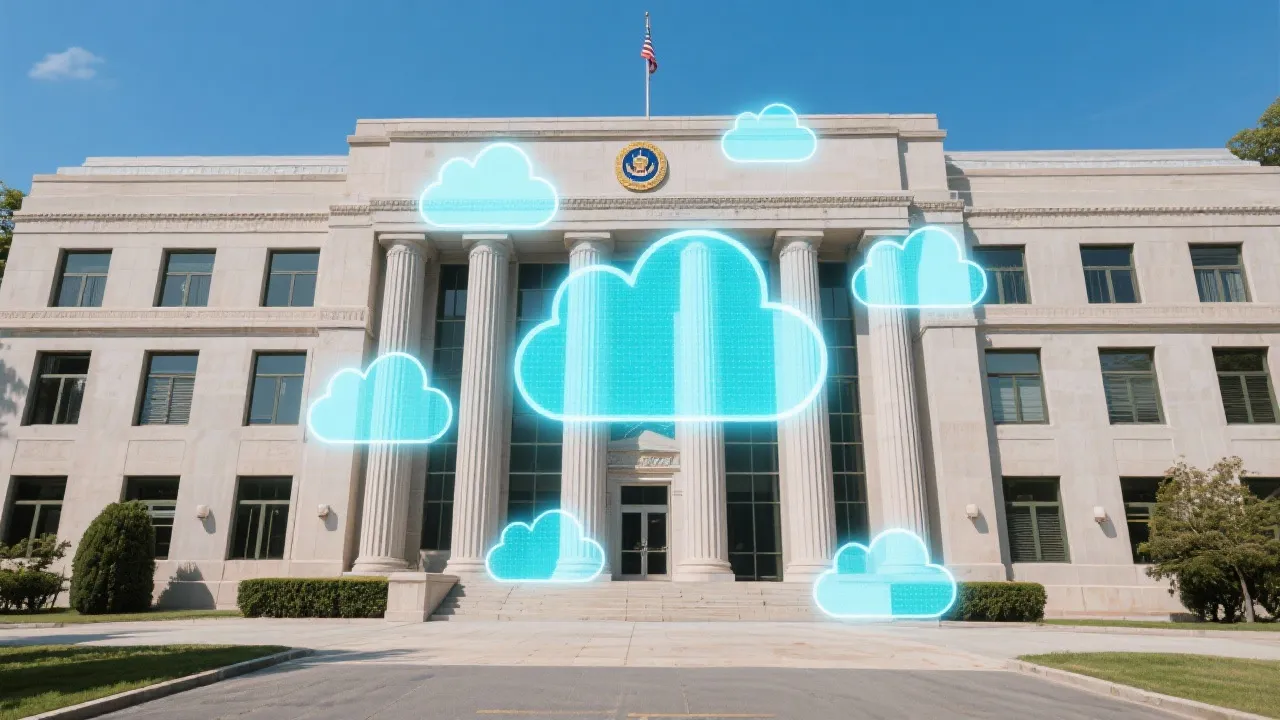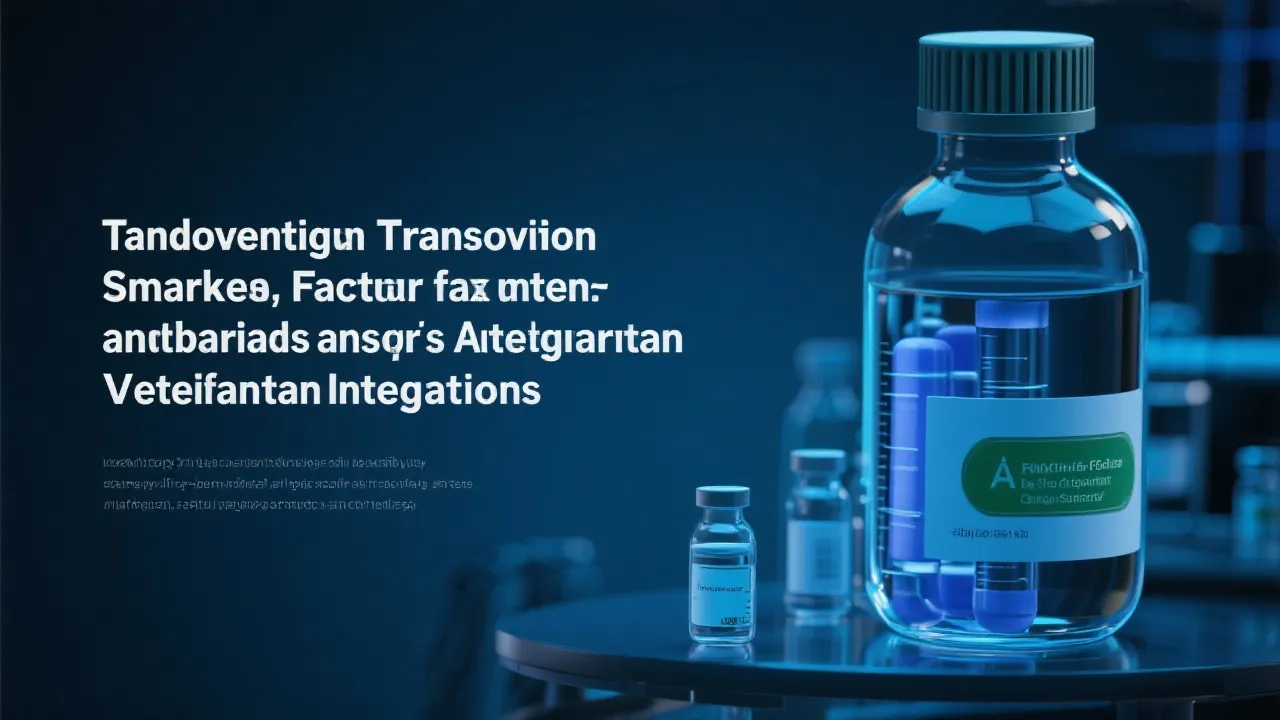Understanding Modern Roofing: Innovations and Top Practices
Explore the evolution of roofing technologies that improve efficiency and sustainability. From solar shingles to impact-resistant materials, learn how these innovations can enhance your home's functionality and reduce environmental impact. Discover how modern roofs offer energy savings, durability, and even contribute to climate change mitigation.

Introduction to Modern Roofing
Imagine your roof offering more than mere shelter from rain. Recent technological strides in roofing have dramatically reshaped what we expect from these structures. Explore how today's roofing can provide new levels of efficiency and functionality. As the home improvement industry continuously evolves, roofing technologies are at the forefront, promising not just basic utility but enhanced performance and aesthetics.
In an era focused on eco-friendliness and saving energy, understanding cutting-edge roofing options becomes key to maximizing your home's utility. Staying abreast of these innovations ensures you won’t miss out on revolutionary benefits that can enhance your living environment. The advancements in roofing represent a shift in perspective—where roofs are now active contributors to sustainability and energy efficiency, rather than passive structures that only serve to cover what lies beneath.
- Tesla's Solar Roof: Acts as both a power source and a protective cover, priced from $21.85 per square foot. This innovative design provides a sleek, modern look while harnessing solar energy efficiently.
- GAF Timberline HDZ: Known for nailing precision and robust wind resistance of up to 130 mph, costing about $120 per square foot, this roofing solution exemplifies durability alongside style.
Certain roof materials now designed to reflect heat can cut energy expenses by up to half. These aren't just futuristic concepts—they're current realities changing the in-roofing industry. Additionally, advancements in reflective technologies are pushing the envelope, allowing roofs to interact with environmental elements in ways that lead to tangible benefits for homeowners concerned with energy conservation and operational cost reductions.
Aside from conserving energy, tough shingles can greatly enhance a roof's lifetime and impact insurance coverage. Withstanding harsh weather conditions better than before, these roofs are poised to redefine durability. The correlation between strong roofing materials and favorable insurance premiums is becoming increasingly recognized, demonstrating that investing in high-quality roofing can save money in the long run.
Cool Roofs: Maximizing Efficiency
Cool roofs reflect sunlight more effectively and absorb less heat, which can lead to considerable cooling cost savings during peak summer months. In fact, in summer, these roofs can reduce indoor temperatures by as much as 30%, significantly lessening reliance on air conditioning systems. This not only contributes to lower utility bills but also aligns with broader environmental goals by reducing overall energy consumption.
Unexpectedly, cool roofs positively influence urban environments by mitigating heat island effects, which lowers overall ambient temperatures and supports larger ecological shifts. Urban areas, often characterized by concrete and asphalt that absorb heat, can benefit greatly from implementing cool roofing technologies. This reduces the burden on local energy supplies and contributes to overall public health by improving air quality and reducing heat-related illnesses.
With new incentives like tax reductions and energy rebates, regions are encouraging the widespread adoption of cool roofs, reflecting a wider acknowledgment of climate change mitigation at the macro level. By offering financial incentives, municipalities and governments are promoting sustainable building practices that benefit both homeowners and local communities.
Sustainable Power with Solar Shingles
Solar shingles merge seamlessly with existing roofing materials, transforming your roof into a sleek energy generator without compromising aesthetic appeal. Unlike traditional bulky solar panels that can detract from a home's appearance, solar shingles blend into the design, offering both functionality and style.
Deploying a solar roof can minimize a home's grid energy usage by over 70%, sparking significant homeowner interest and expanding technology's frontier in renewable power. This integration of energy generation directly into roofing not only simplifies installation but also enhances the overall performance of the structure. By generating power on-site, homeowners gain increased energy independence and resilience against rising energy costs.
Decreasing costs and a variety of tax incentives provided by different states and regions are accelerating solar shingles' adoption. Early users are witnessing tangible returns financially and environmentally, helping to justify initial investment costs. Moreover, with technology advancements continuing to drive prices down, the future looks bright for solar energy in residential applications.
Impact-Resistant Roofing Breakthroughs
Rugged shingles designed for severe weather are redefining notions of durability. Offering protection against storms, hail, and other extreme conditions, these high-performance materials are revolutionizing current roofing choice arrays. As climate change increases the frequency and intensity of extreme weather events, the importance of impact-resistant roofing becomes more pronounced.
Impact-resistant roofs are proving financially beneficial, with insurers often offering reduced premiums for this added safeguard. Homeowners can potentially save significant amounts on their annual insurance premiums, making resilient roofing a smart financial choice. It's essential to discuss these potential savings with your insurance provider to ensure you’re getting the most value out of your roof investment.
Despite common misconceptions, these shingles are no heavier than regular options, achieving durability via advanced designs and materials. Manufacturers utilize cutting-edge engineering techniques and composite materials that enhance strength without adding excessive weight, ensuring that the roof's structural integrity and appearance remain uncompromised.
Further innovation within this space is leading to products designed to withstand specific regional weather patterns, allowing homeowners to choose tailored solutions based on geographic vulnerabilities. Understanding local climate conditions when selecting roofing materials is crucial to ensure long-term performance and to minimize maintenance concerns.
Improved Insulation with Roofing
The idea of roofs contributing directly to insulation is gaining momentum. These roofs can drastically enhance energy efficiency by trapping air effectively and facilitating better thermal regulation in the home. A roof isn’t merely a barrier against the elements; it can actively participate in maintaining a comfortable temperature throughout the year.
Advanced roofing materials with high thermal barriers greatly impact seasonal temperature control, reducing energy use by up to 20%. This dual functionality of roofing materials highlights the importance of selecting the right components for a holistic approach to building efficiency. Homeowners can benefit from investing in roofs that not only look appealing but also perform well against environmental stresses.
Proper insulation not only saves energy but also extends roof life, reducing future upkeep costs while contributing to a quieter home environment by cutting external noise. The continuous development of sound-dampening roofing materials is commendable, especially for urban dwellers seeking respite from surrounding commotion. In an increasingly noisy world, a quiet home is not merely a luxury—it’s increasingly becoming a necessity.
Smart Roof Technologies
Progressing home management involves smart roofs equipped with sensors that track various elements like temperature, humidity, and moisture levels, offering superior environment control. These sensor-equipped systems provide novel insights into optimal energy usage, allowing homeowners to adjust their settings based on real-time data. The integration of smart technology in roofing not only enhances comfort but also boosts energy savings significantly.
Advanced roof systems impact how buildings interface with energy grids, enabling not just residential advantages but also creating possibilities for larger-scale energy solutions. For example, homes equipped with smart roofs can potentially sell excess energy back to the grid—creating a profit-generating system out of a home’s structure. This is a noteworthy step towards not only personal savings but also contributing to a more stable energy grid overall.
Apart from energy benefits, smart roofs integrate security features with home automation systems, creating an invisible shield over households. Innovations such as leak detection systems prompt homeowners about potential vulnerabilities before they escalate, ensuring peace of mind even during harsh weather conditions. The marriage of roofing and technology is paving the way for homes that are not only energy efficient but also inherently safer and more resilient.
These innovations, now more attainable than ever, are paving a way towards transformative improvements in energy use, sustainability, and home security. With the broad spectrum of options available, homeowners have the opportunity to select roofs that not only fulfill their basic needs but also enhance their quality of life. The future of roofing is not far off; it’s already available in various forms and is ready to redefine your home's potential. Equip yourself with the knowledge of these advanced roofing options today and prepare to make informed decisions that will reverberate through your living environment for years to come.
Choosing the Right Roofing Material
With the plethora of roofing options available, understanding fundamental considerations when selecting the right material for any building can significantly affect long-term satisfaction and performance. The choice must align not only with practical requirements but also aesthetic desires and budget limitations.
Traditional materials like asphalt shingles remain popular due to their cost-effectiveness and ease of installation. However, newer materials such as metal roofing offer longevity and customizable designs that can attract attention for their unique appearance. Metal roofs can last several decades with minimal maintenance and promise energy-efficient properties as they can reflect heat rather than absorb it.
Fiberglass shingles are another modern alternative that provides a balance of affordability, durability, and energy efficiency. Their lightweight nature and ease of installation make them appealing for homeowners looking for a practical yet effective solution. As with any material, exploring the manufacturer's warranties and guarantees can significantly inform the decision-making process, providing insight into the expected life span and reliability of the materials.
Another emerging material revolutionizing roofing is slate, known for its natural beauty and impressive lifespan. However, slate comes with a higher initial investment compared to asphalt and metal options, requiring careful consideration by homeowners looking to balance upfront costs against potential long-term value.
Additionally, regions prone to extreme weather should consider the advantages of robust materials that can withstand harsh conditions, such as concrete tiles and impact-resistant shingles. Assessing climatic patterns and aligning them with the appropriate roofing material ensures comfort, safety, and resilience for a home.
Understanding Roof Maintenance and Longevity
Regardless of the roofing material chosen, regular maintenance is key to extending its life and ensuring peak performance. Understanding the importance of periodic inspections, cleaning, and necessary repairs is crucial. Homeowners should consider seasonal assessments—checking for debris accumulation, wear and tear, and identifying areas that require attention before they lead to more significant issues.
One of the most effective maintenance practices is ensuring gutters and downspouts remain clear. Clogged gutters can lead to water backing up under shingles and into the home. Regular inspection and cleaning can prevent costly water damage in the long run and maintain the roof’s integrity.
Furthermore, developing a maintenance schedule that coincides with yearly weather patterns can be helpful. For instance, preparing a roof for extreme winter conditions may involve ensuring that expansive snowpacks are cleared, while heavy rain seasons may require heightened attention to drainage systems. By actively engaging in systematic checks and upkeep, homeowners can protect their investment and maintain an aesthetically pleasing home exterior.
Future Trends in Roofing
As architects and builders innovate, the future of roofing looks promising, with trends pointing toward even greater energy efficiency and sustainability. The integration of alternative materials and biophilic designs aims to improve home aesthetics while reducing environmental impact.
A burgeoning trend in eco-roofs or green roofs is gaining traction, whereby living vegetation is added to roofing surfaces. These roofs offer natural insulation and help to improve air quality, while also providing a stunning visual element—a tapestry of greenery atop conventional structures.
Additionally, smart technology will continue to evolve, enabling roofs to become increasingly interactive and responsive to environmental changes. Homeowners can expect to see roofs capable of self-adjusting accordingly based on weather conditions, optimizing energy efficiency dynamically.
Moreover, as technology advances, the adoption of roofs capable of harnessing various forms of renewable energy—beyond just solar—could emerge. Innovations such as kinetic energy tiles, which capture motion energy, may soon become commonplace.
Ultimately, the future of roofing encapsulates a combination of aesthetics, functionality, sustainability, and innovation. By staying informed of emerging trends and fully understanding available options, homeowners and builders alike can make enlightened decisions that propel their living spaces into a sustainable future, all while ensuring weather resilience, efficiency, and beauty.




